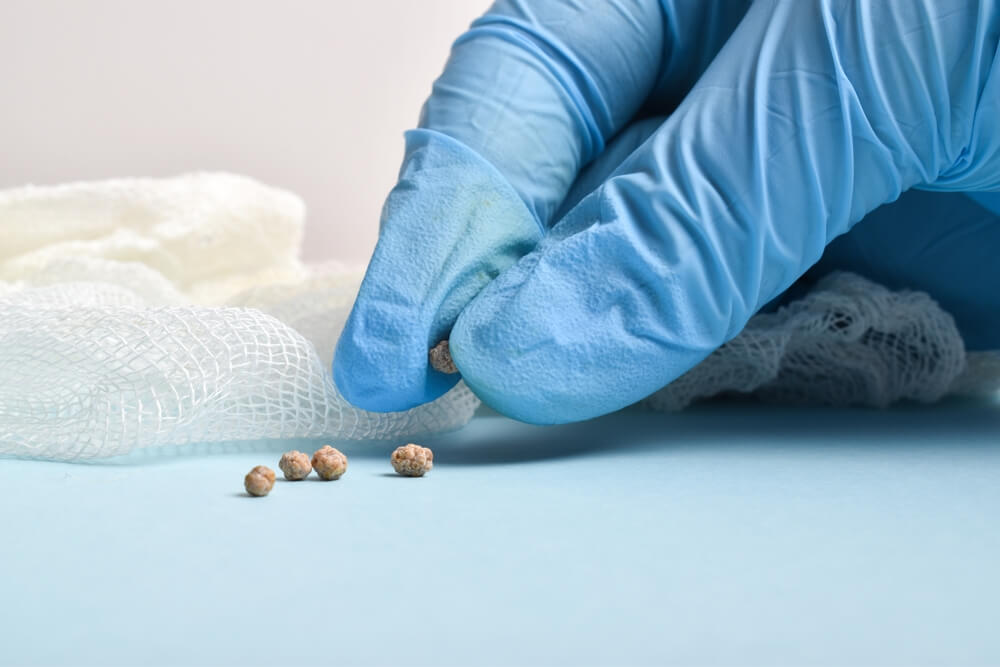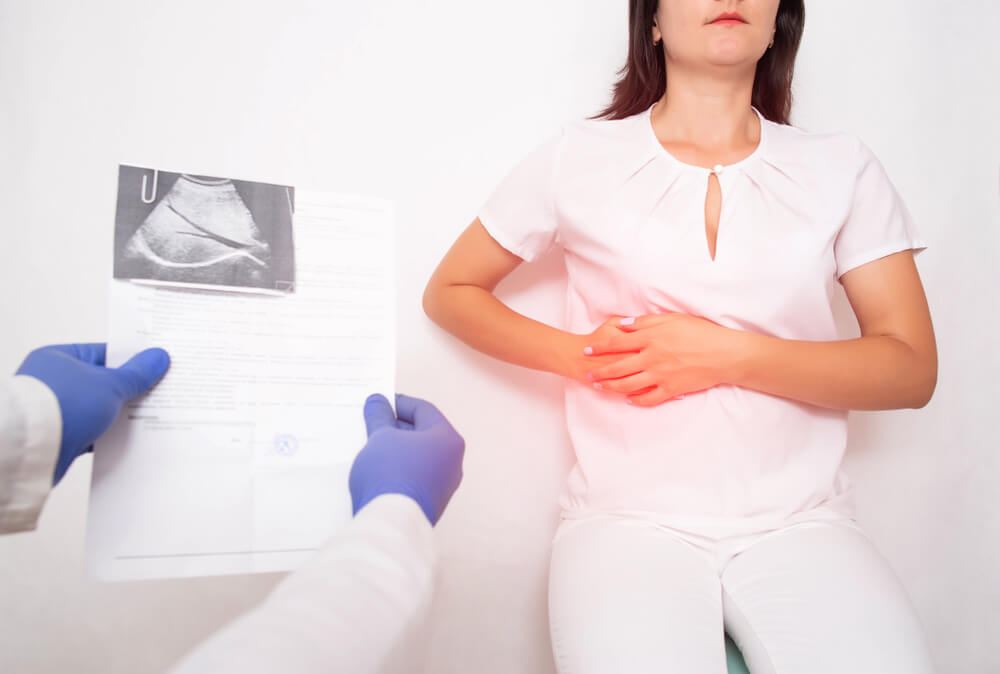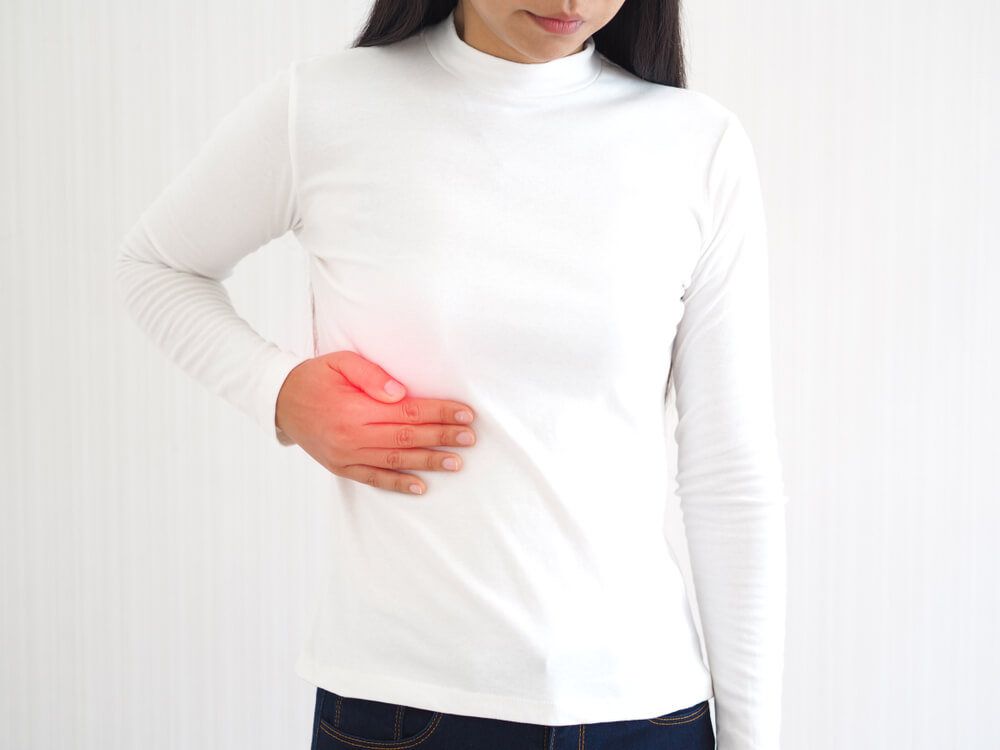Essentially, bile duct stones can be best described as gallstones that get stuck in the bile duct, causing an obstruction. In the medical field, experts often refer to this health issue as choledocholithiasis.
Proper gallstone treatment is essential with choledocholithiasis, as the obstruction can be immensely painful. Depending on the location of the bile duct stones, they can further damage other organs, such as the liver, pancreas, and digestive system.
In this article, Dr. Omar Rashid and his expert team discuss the most prevalent symptoms of bile duct stones and the most common treatment options to address these obstructions.
About Bile Duct Stones

Bile duct stones are essentially gallstones that get stuck in these ducts, causing inflammation. In more severe cases, choledocholithiasis may also lead to infection and further complications.
Gallstones usually form because of chemical imbalances inside the gallbladder. For the most part, cholesterol levels in the bile become overly high, and the excess cholesterol form into stones. They are pretty common, affecting approximately six percent of men and around nine percent of women in the United States alone.
Still, most people who have these gallstones have no evident symptoms unless they start to grow or move. In these cases, they can cause intense pain. Some of these gallstones may move in the bile duct’s direction (the bile duct connects the small intestine and the liver). For the most part, the body can remove these stones without any problems, but in some cases, the stones can get stuck in the duct.
Needless to say, a bile duct obstruction can cause severe problems because they prevent the enzymes from the pancreas and liver from reaching the digestive system and aiding in its processes. Without treatment, these stones in the bile duct can cause severe health problems and immense pain.
What Causes Bile Duct Stones?
As mentioned above, these stones occur when gallstones enter the bile duct, causing an obstruction. Literally anyone can get gallstones and bile duct stones. Still, experts believe that the following groups of people may be even more susceptible:
- Those who have a family history of gallstones
- Women
- Pregnant women
- People who are obese
- People older than 60
- Those who eat high-fat food
- People who live a sedentary lifestyle
Can People Develop Bile Duct Stones Without a Gallbladder?
It goes without saying that those who have undergone a gallbladder removal procedure have less chance of developing gallstones and bile duct stones, but still, there’s a risk. This is especially true for those patients who have only got a part of their gallbladder removed.
Symptoms of Bile Duct Stones
Gallstones only cause symptoms in a minority of patients. Still, the most common signs include the following:
Pain
Intense pain is probably the most prominent symptom of bile duct stones. The pain usually develops around the ribs in the right abdomen and can be extremely intense. Some patients say the pain can radiate to the shoulder or back. The onset of the pain is sudden and without warning. To make matters worse, it may come in waves, coming and going, lasting for hours.
Changing Bathroom Habits
There are instances where people with bile duct stones and gallstones have dark urine, even when drinking plenty of fluids.
Jaundice
In some cases, the stones can interfere with proper liver function, leading to patients developing jaundice or yellowing of the skin and the eyes. The yellowing is usually faint, but the color may also be intense and dramatic.
Pancreatitis
Patients may develop pancreatitis when the bile duct stones cause a blockage in the enzyme flow from the pancreas to the small intestine. This condition may cause pain in the right abdomen (the upper area), fever, nausea, and bowel movements that may be clay-colored or white.
Diagnosing Bile Duct Stones
Experienced providers can only tell from assessing the patient’s symptoms whether there’s a risk of suffering from bile duct stones. Still, the following tests are usually enough to rule out other possible medical conditions and help doctors establish a proper diagnosis:
- Review the patient’s medical history coupled with assessing recent symptoms.
- Performing a physical exam when the provider may press on the affected area to identify any tenderness or pain
- Ordering blood tests that may signal liver or pancreas inflammation
- Imaging tests to check for bile duct obstructions
The worst thing people can do is to self-diagnose their condition. It’s always pivotal to talk to a professional the moment you experience any symptoms mentioned above to avoid complications and receive proper treatment as soon as possible.
Dealing With Stones in Bile Duct: Treatment
Some gallstones will resolve or pass without help, but most bile duct stones will remain lodged inside the bile duct. Leaving them untreated can lead to health problems (sometimes immediately), such as pancreatitis, which can even be life-threatening if left unaddressed.
Typically, bile duct stone treatment will always require surgery to remove the trapped stones, but several available surgical options exist. Additionally, some experts may also suggest complete gallbladder removal to minimize the potential risks of developing gallstones in the future.
Before the surgical procedure, it’s crucial to improve the patient’s overall health as much as possible, meaning that providers may recommend more treatments, such as:
- Antibiotics
- Pain medication
- Fluids for pancreatitis (administered intravenously)
- Constant monitoring to ensure that the patient’s state s stable for the procedure
There are also cases when providers recommend performing the surgery immediately, but for the most part, patients will wait at least a couple of hours up to a few days.
Can Bile Duct Stones Be Prevented?

Unfortunately, there’s no way to entirely prevent these stones from developing. They can form in everyone, even active, young, and healthy adults.
Still, there are a few things you can do to reduce the risks. The following measures are especially crucial for those with a family history of gallstone problems or obesity.
To summarize, the preventive measures include the following:
- Cleaning up your diet: The first major step is eliminating high-fat and low-nutritional value foods. This includes snacks such as fried foods or chips. Also, don’t eliminate fat entirely. Instead, focus on healthy options such as fish oil or avocado.
- Focus on fiber: Add more fiber to your diet by eating more vegetables, whole grains, and fruits.
- Maintaining a healthy body weight: Exercise and a clean diet can help you maintain a healthy weight, reducing the risk of many health problems.
- Staying away from extreme diets: Crash diets with insanely low calories may actually up the risk of stone formation.
- Discuss medications: Talk to your doctor about the medications you are currently taking. For instance, birth control pills could pose a risk of developing gallstones.
Don’t Wait for Help Long
Bile duct stones can lead to severe complications and may cause immense pain. And because they are highly treatable, people should seek medical attention as soon as possible.
Self-diagnosing and self-medicating the condition can be highly dangerous, and patients shouldn’t avoid delaying care. The longer they wait, the higher the risk of severe medical complications.
That said, if you suspect you may be facing this problem, contact our practice today to establish a precise diagnosis. After treatment, you will feel almost immediate relief.


